The haircare industry is thriving and has been largely unaffected by the economic downturn. Innovative formulations made of natural, scalp-friendly ingredients are being developed by brands to cater to all demographic profiles, including curly and textured hair.
Explore the major trends that will shape the haircare industry in the future to stay on track and boost sales.
Table of Contents
Overview of the global haircare market
Trends that will define the haircare industry
Adapt and rule the market
Overview of the global haircare market
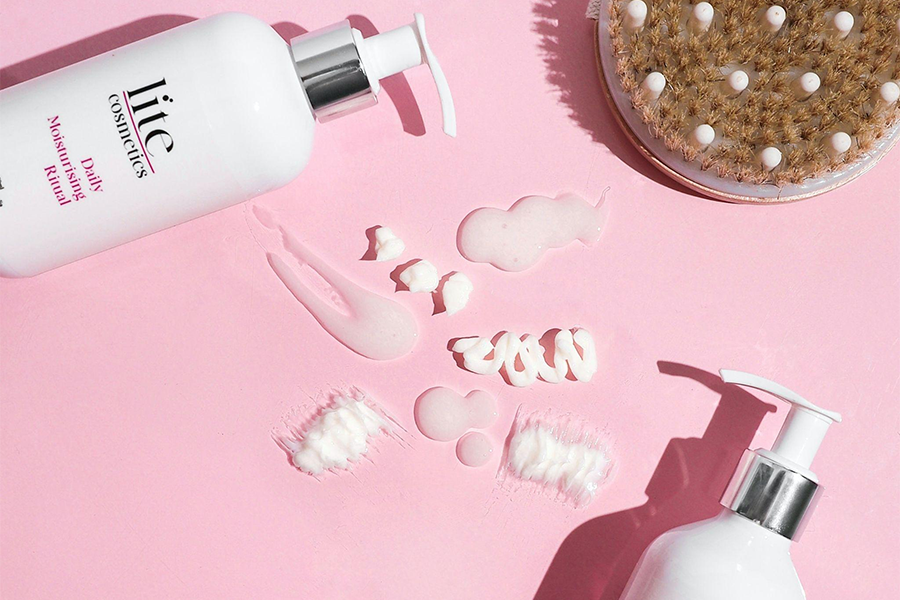
Many consumers will prioritize hair health and clean products, and factors such as the cost of living, inflation, and the environmental crisis will influence their purchasing decisions.
The global hair market is expected to increase by a compound annual growth rate (CAGR) of 6.6% to US $134.30 billion by 2028. The hair loss segment is projected to skyrocket thanks to the increasing awareness about the underlying causes of hair loss, fueled by an influx of clinical studies.
Additionally, the cost-of-living crisis will significantly drive growth in at-home salon-grade treatments.
Trends that will define the haircare industry
Cost-effective and salon-grade solutions
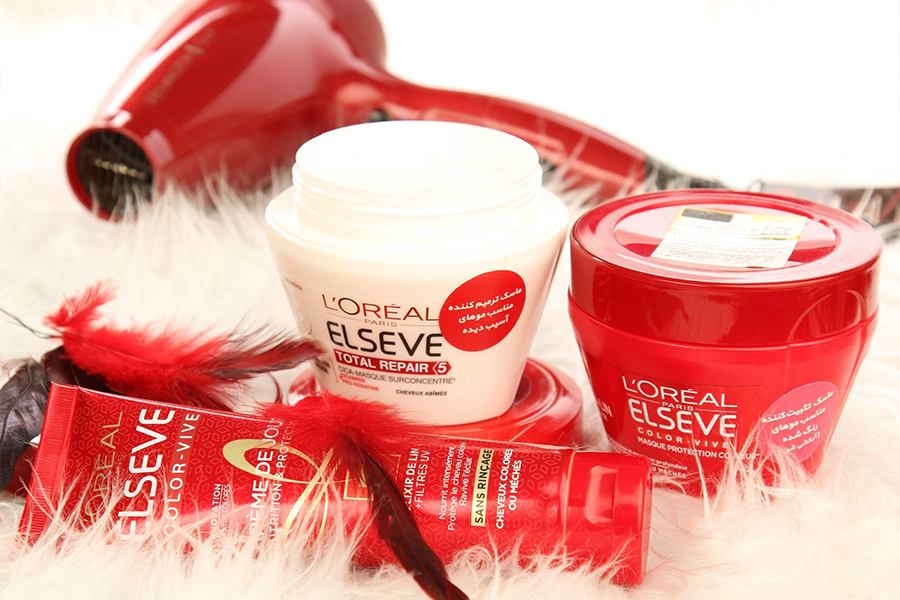
When many people could not visit salons for more than two years, the demand for salon-grade products skyrocketed. As consumers are faced with the issue of rising prices and global inflation, products that save money and time and eliminate a trip to the beauty parlor will be preferred.
Companies have responded by developing a wide range of effective salon-grade hair products, such as a dry shampoo brush for easy on-the-go application.
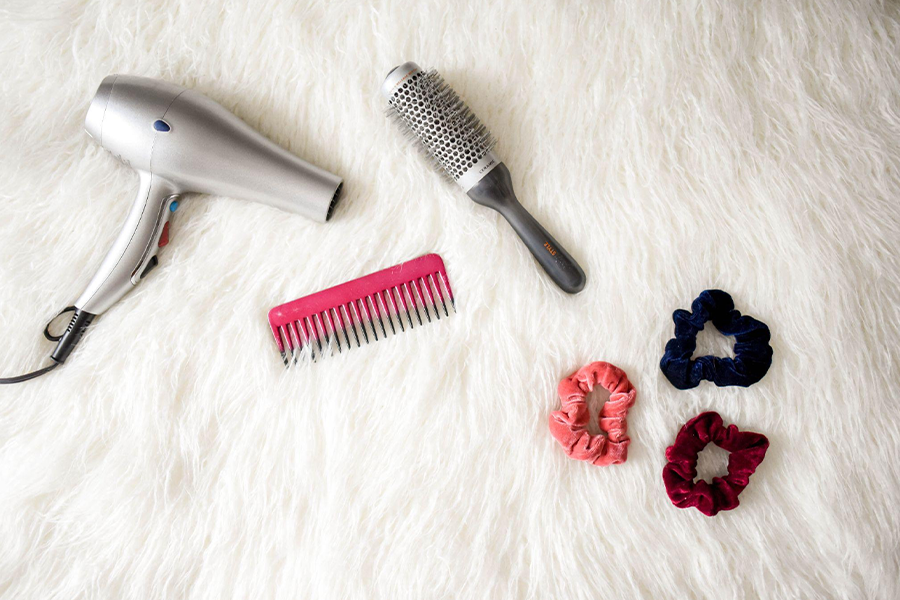
Many brands provide practical solutions, such as an at-home keratin treatment kit that can last up to three months with a single application.
Total nourishment from scalp to tip
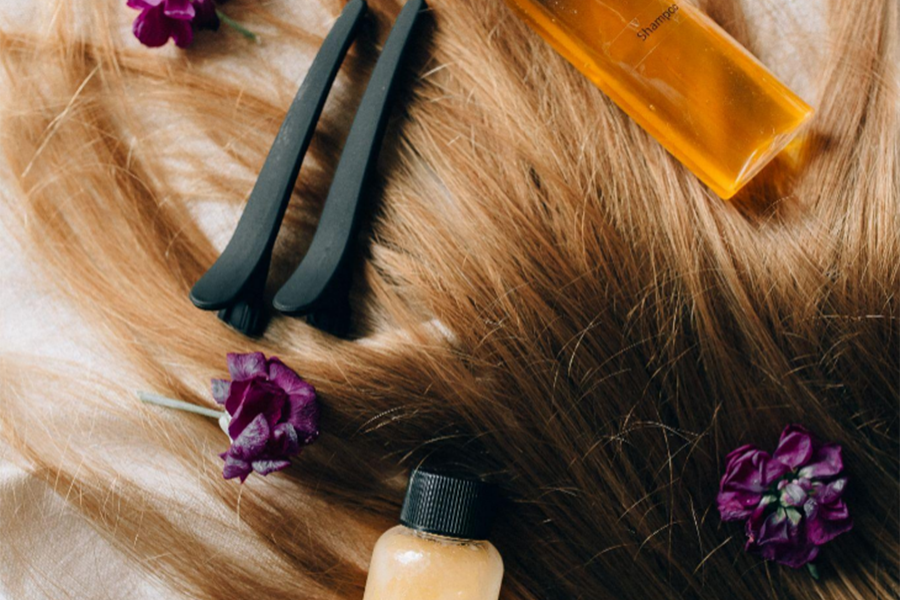
With the hair restoration market expected to grow to US $12.119 billion by 2026, many brands are looking into natural and sulfate-free products that repopulate the scalp’s microbiome.
Meanwhile, damage control techniques such as leaving a conditioning mask on the hair or oiling it from root to tip are trending on TikTok. There is also demand for oils and overnight masks that repair damage, prevent split ends, stimulate hair follicles, and provide hydration overnight.
Hair biomes are in high demand because they have been shown to reverse damage caused by chemical-laden products. Nutrient-dense holistic haircare products and pre- and post-biotic scalp serums promote hair growth and prevent hair loss.
Brands such as Nutrafol and Gallinee are leading the market with serums, oils, and shampoos with microbiome-friendly formulations that match the PH of the scalp’s microbiome.
Products backed by clinical trials with the necessary accreditations and certifications help establish credibility. For example, Augustinus Bader’s hair collection uses a proprietary formula supported by clinical trials to claim that it promotes cellular renewal.
Many customers seek assurance because haircare products can take several months to show results, and formulations containing biotech ingredients appeal to skin-conscious customers.
Effortless coloring
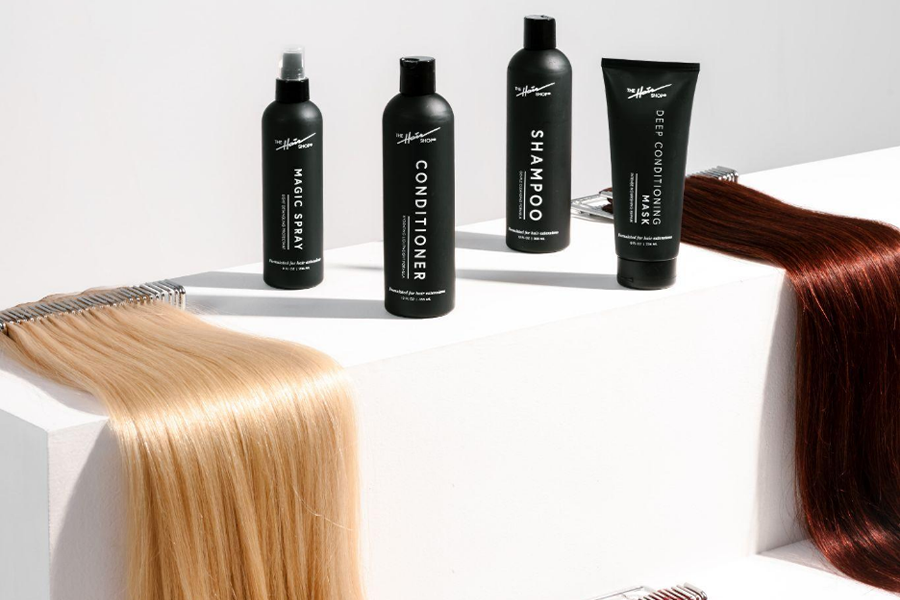
People are embracing new hairstyles and are coloring their hair at home in more significant numbers. The global color market is expected to grow at a 5.7% CAGR to US $34.13 billion by 2028.
There is demand for temporary hair dye made entirely of natural ingredients and contains a nutritional component. For example, an American vegan hair company offers non-toxic, ammonia-free hair dyes infused with aloe vera and soy to condition and strengthen the hair.
Furthermore, some companies are offering detachable hair clips that create temporary streaks without a mess. Clip-in hair extensions in psychedelic colors are ideal for people who do not want to dye their hair, but enjoy experimenting with colors.
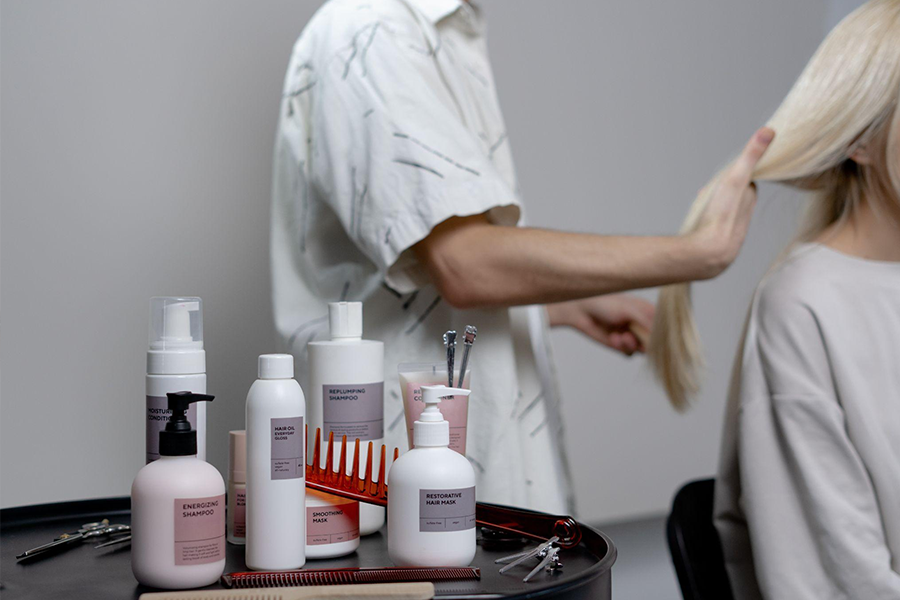
Brands that allow users to personalize color shades will appeal to a larger audience. Shrine, a British brand, sells a multi-use, temporary hair dye that can be mixed with other dye drops to create different hues.
Furthermore, holographic dyes that adapt and change colors based on UV light or temperature are the most recent innovation in the hair industry.
Geo-specific haircare formulations
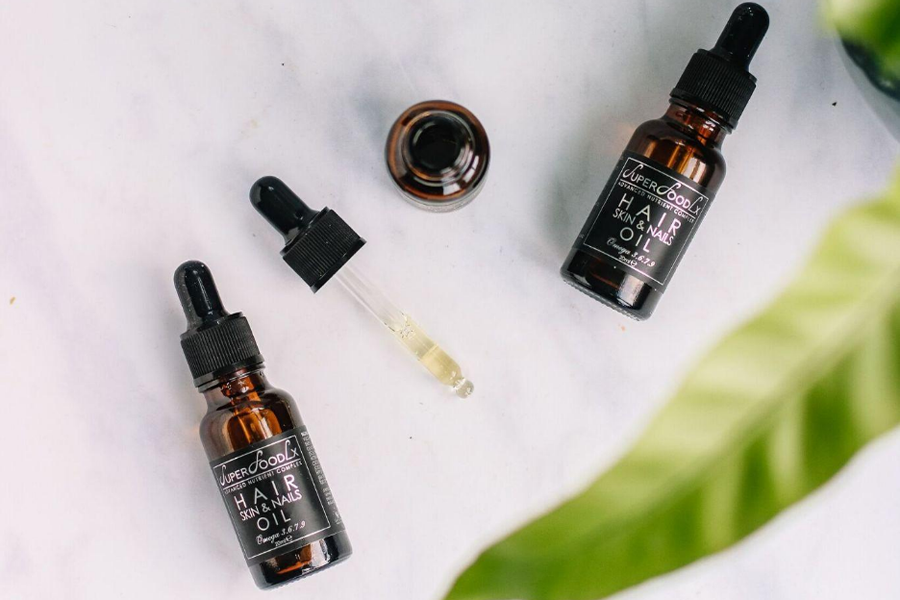
Because of the growing interest in geo-specific beauty, haircare products based on climate and environmental conditions will be in high demand. This is due to the fact that hot weather can cause frizz, and cold weather can cause hair to dry.
Hair anti-frizz sprays and advanced climate control gels are popular in coastal areas. They coat the hair with a formula that repels moisture, blocks humidity, and protects against heat and UV rays.
Hair is vulnerable to UV ray damage, which can result in breakage. As more people become aware of the damaging effects of environmental conditions on hair, products that protect against this will become increasingly popular.
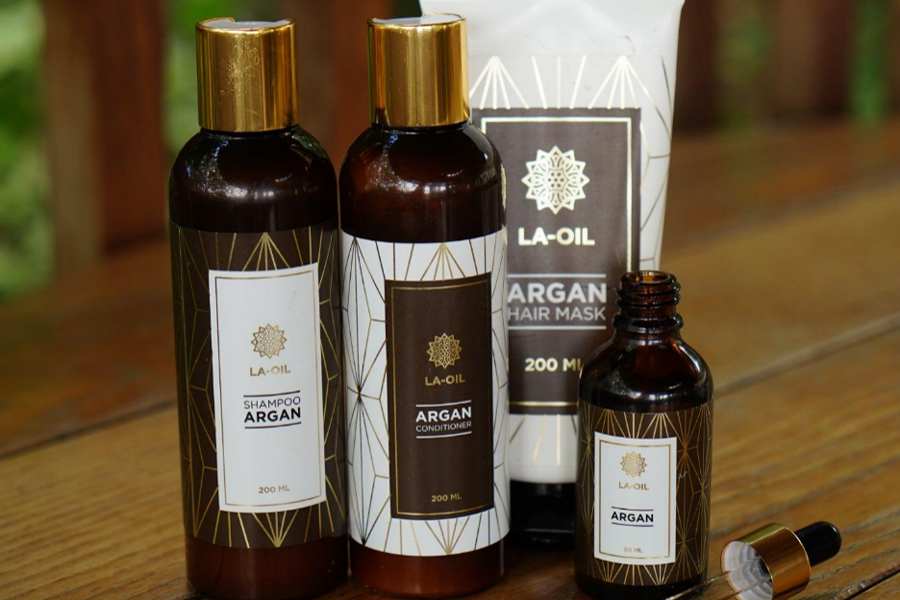
The British brand Climaplex uses a proprietary formula in its products to repair and protect hair from harmful chemicals, pollution, and heat. Hair mousse containing nutrients and vitamins to hydrate the hair is a popular anti-damage treatment.
Hard water contains metals and minerals that can harm the scalp’s pH, causing discoloration, frizz, and breakage. Shower filters with clarifying scalp solutions are popular for removing buildup and restoring pH levels.
And lastly, products that keep hair looking good through the changing seasons will do well in the market.
Beauty inspired by ancient traditions
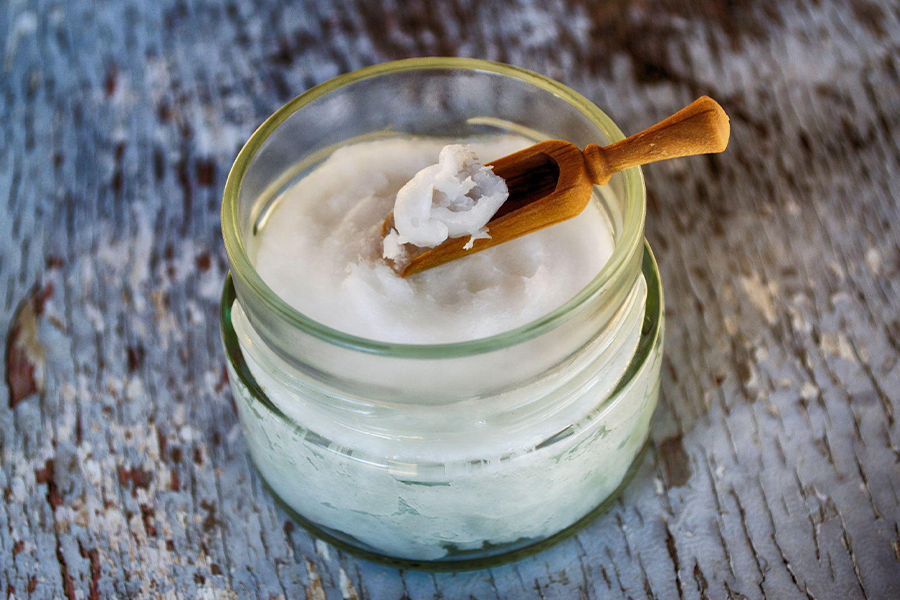
As more people embrace ancient beauty rituals, multicultural products that combine indigenous ingredients with clean science will be in high demand. For example, Fable & Mande, an Indian-British brand, sells products inspired by ancient Ayurvedic practices. They offer hair oils containing ashwagandha and dashmool, which are natural hair conditioners.
Some companies offer a line of products that capitalize on the ancient Vietnamese bathing practice of steeping various tea leaves into a paste for hair nourishment.
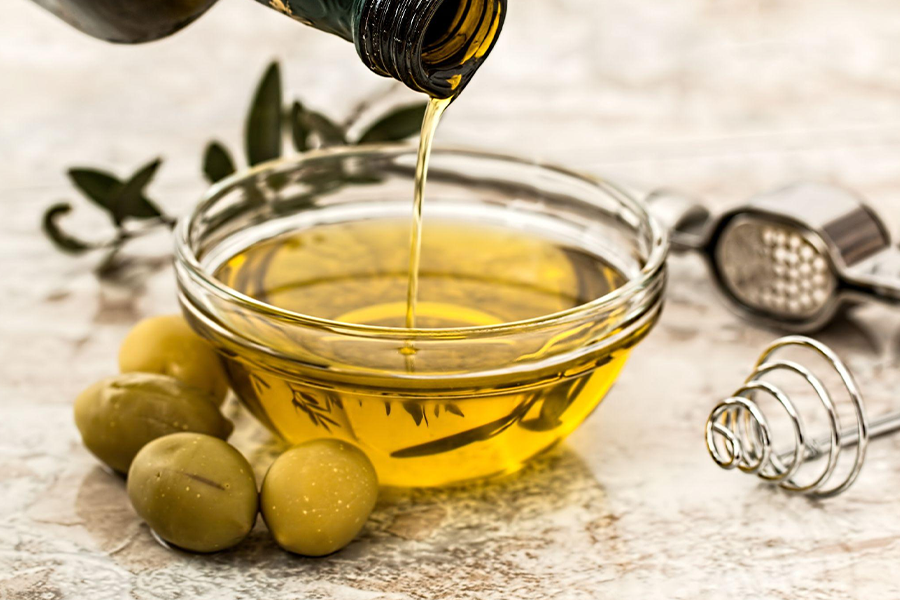
The importance of ethical sourcing, empowering local producers, and assisting small-scale farmers cannot be overstated. For instance, Salwa Peterson uses chebe, a plant grown in Chad, in its products, and all ingredients are obtained ethically and through fair trade.
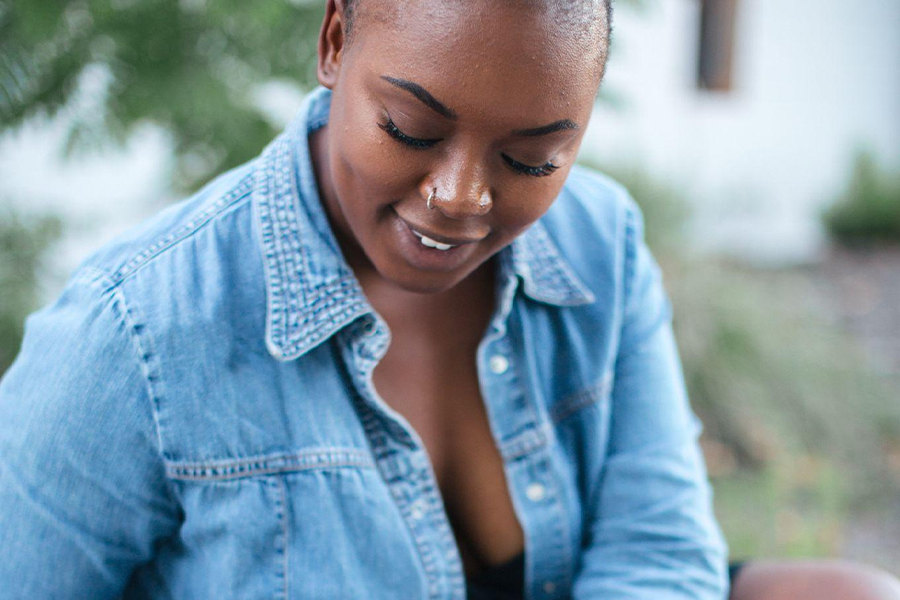
For a long time, the beauty industry has ignored multi-ethnic customers, missing out on a £2.7 billion market. New brands have stepped up to fill the gap, offering advanced solutions for textured hair as well as innovative styling combs that tame baby hair while leaving the edges intact.
Haircare for all ages
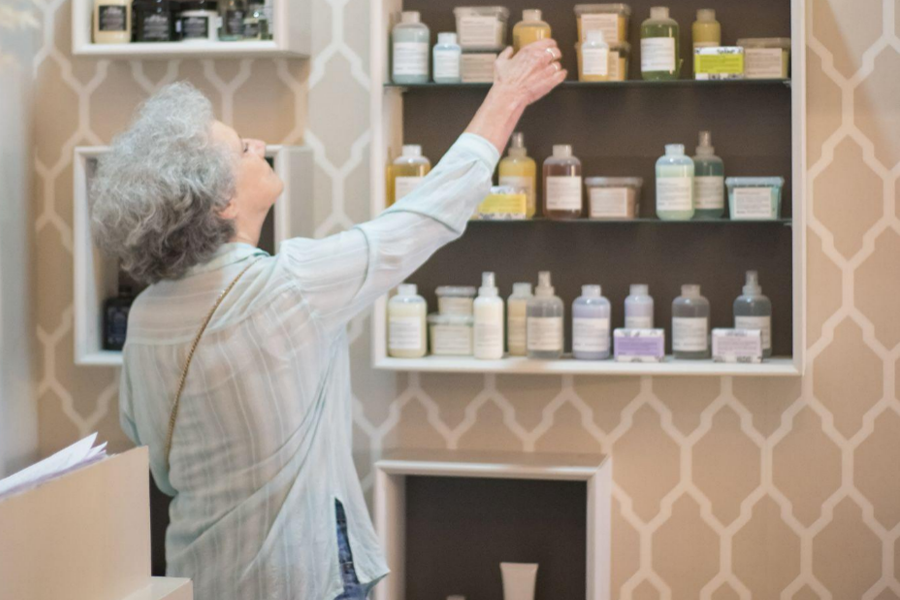
Products for hair loss and thinning caused by hormonal changes will be in demand. Pantene has a line of products for women experiencing thinning and dryness due to menopause, including postpartum hair loss.
Treatment oil enriched with collagen, omegas, and vitamins to stimulate growth and combat postpartum hair loss will be popular on the market.
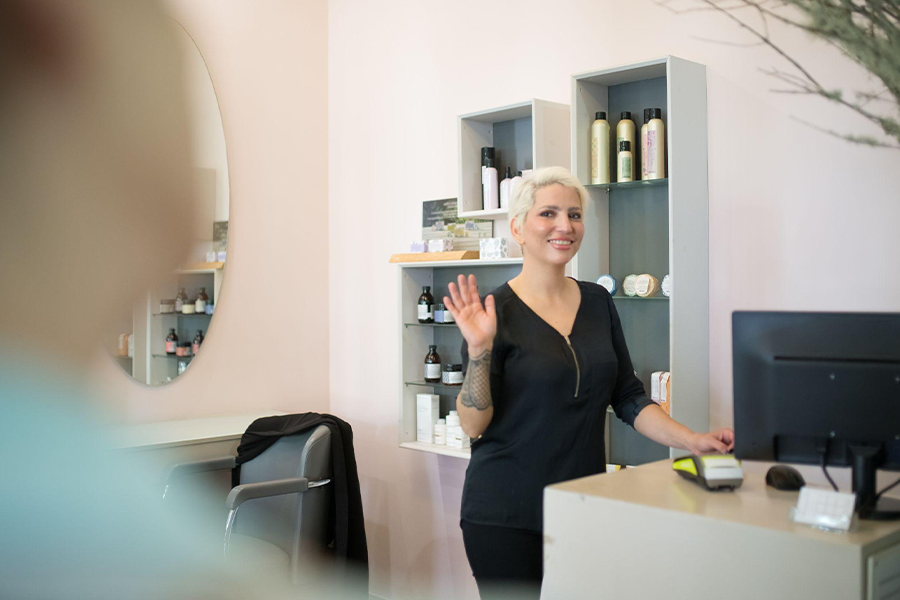
Many customers will be drawn to brands that challenge taboos and provide a diverse range. Products that cater solely to those who are bald or have gray hair will gain prominence in the future.
Adapt and rule the market
Customers will prefer inclusive brands that cater to curly hair, gray hair, and those suffering from hair loss and baldness as well as straight hair. With the global crisis in mind, many people will seek cost-effective alternatives and products that provide salon-quality services at home.
Geo-specific products and planet-friendly formulations made of natural ingredients that are free from toxic chemicals will dominate the industry. Additionally, products that draw inspiration from ancient beauty practices and combine them with scientific innovation will capture the market.
Brands and products that use cutting-edge technology to support and improve user experience and product application will succeed.





 Afrikaans
Afrikaans አማርኛ
አማርኛ العربية
العربية বাংলা
বাংলা Nederlands
Nederlands English
English Français
Français Deutsch
Deutsch हिन्दी
हिन्दी Bahasa Indonesia
Bahasa Indonesia Italiano
Italiano 日本語
日本語 한국어
한국어 Bahasa Melayu
Bahasa Melayu മലയാളം
മലയാളം پښتو
پښتو فارسی
فارسی Polski
Polski Português
Português Русский
Русский Español
Español Kiswahili
Kiswahili ไทย
ไทย Türkçe
Türkçe اردو
اردو Tiếng Việt
Tiếng Việt isiXhosa
isiXhosa Zulu
Zulu